洞察 | 全球海上风电每周要闻(2025-03-14)
点击蓝字 关注我们

WeBridge
欢迎来到本周的WeBridge洞察!我们为您带来全球海上风电市场的最新动态与重要发展。
作为行业领先的咨询公司,WeBridge致力于提供前瞻性的市场分析与专业见解,助您在这个快速发展的行业中保持信息领先。
以下是本周的重点新闻汇总,以及我们的专业见解,助您更好地理解最新趋势与机遇:
1. 英国财政部考虑削减GB Energy资金
英国财政部正在考虑在即将到来的6月财政审查中削减GB Energy的资金支持。GB Energy最初获得了83亿英镑的资金,旨在推动可再生能源投资,包括到2030年新增20-30GW的海上风电项目。可能的削减包括33亿英镑的低息贷款资金。
WeBridge洞察:
削减GB Energy的资金可能会阻碍英国的可再生能源目标,尤其是海上风电的扩张。这种削减可能会阻止私人投资,并减缓2030年实现电力脱碳的进程。要实现这些气候目标,保持充足的财政支持至关重要。
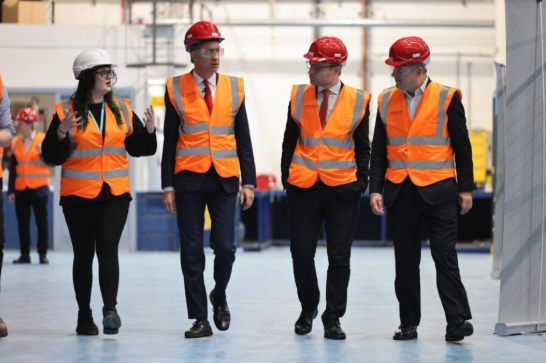
WeBridge
2. 英国与爱尔兰合作加强海上风电基础设施
英国和爱尔兰达成协议,共同开发水下能源基础设施,以充分利用爱尔兰海和凯尔特海的风能资源。该合作包括共享数据,以更好地将海上风电场连接至各国能源电网,并简化开发商的海事和环境审批流程。
WeBridge洞察:
这一合作标志着英国和爱尔兰在优化海上风电资源方面迈出了重要一步。通过统一监管框架和数据共享,两国可以加快项目进程、降低成本,并提高能源安全性。这类合作伙伴关系对于实现可再生能源目标和促进地区经济增长至关重要。
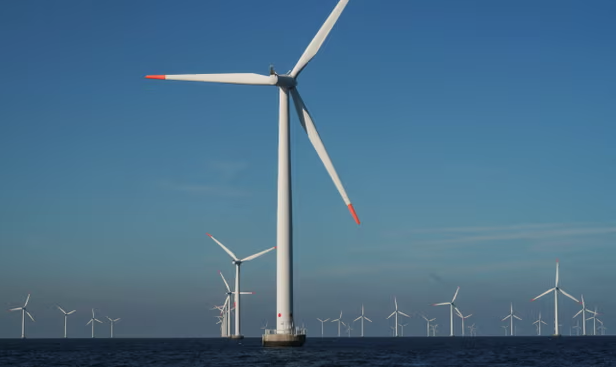
WeBridge
3. 艾略特管理公司对道达尔能源建立6.7亿欧元空头头寸
美国激进对冲基金艾略特管理公司已对道达尔能源建立了6.7亿欧元(0.52%股份)的空头头寸。这一举措是在其投资英国石油公司(BP)之后做出的,该公司在BP的持股接近5%,并敦促BP更多关注石油和天然气业务。
WeBridge洞察:
艾略特对道达尔能源的重大空头押注,可能反映了对其可再生能源投资回报的质疑。这一行动可能影响道达尔能源的战略方向,并对投资者对其能源转型计划的信心造成影响。
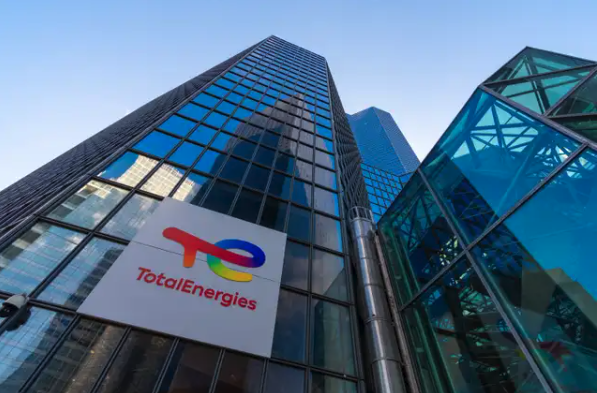
WeBridge
4. Ørsted在美国面临政策挑战
全球最大海上风电开发商Ørsted正面临美国政府政策变化的挑战,包括特朗普政府暂停新的海上风电租赁。该公司还受到供应链问题和高利率的影响,这给其在美国的扩张计划带来了困难。
WeBridge洞察:
政策稳定性对海上风电投资至关重要。Ørsted的困境突显了可再生能源项目易受政治变化影响的风险。要吸引投资并推动海上风电行业的发展,必须建立一致和支持性的政策环境。

WeBridge
5. 风机技术进步带来新挑战
随着风机规模不断扩大,它们面临的风险也在增加,如叶片故障和物流挑战。更长的叶片(可达107米)虽然可以捕获更多能量,但需要更坚固的基础和更频繁的维护。此外,高速旋转的叶片会因雨滴等自然因素导致侵蚀,影响设备寿命。
WeBridge洞察:
越来越大的风机带来了效率提升的机会,但也伴随更复杂的工程和维护问题。解决叶片侵蚀等挑战对于确保风机的耐久性和可靠性至关重要。投资于先进材料和测试设施将有助于充分发挥大型风机的优势。
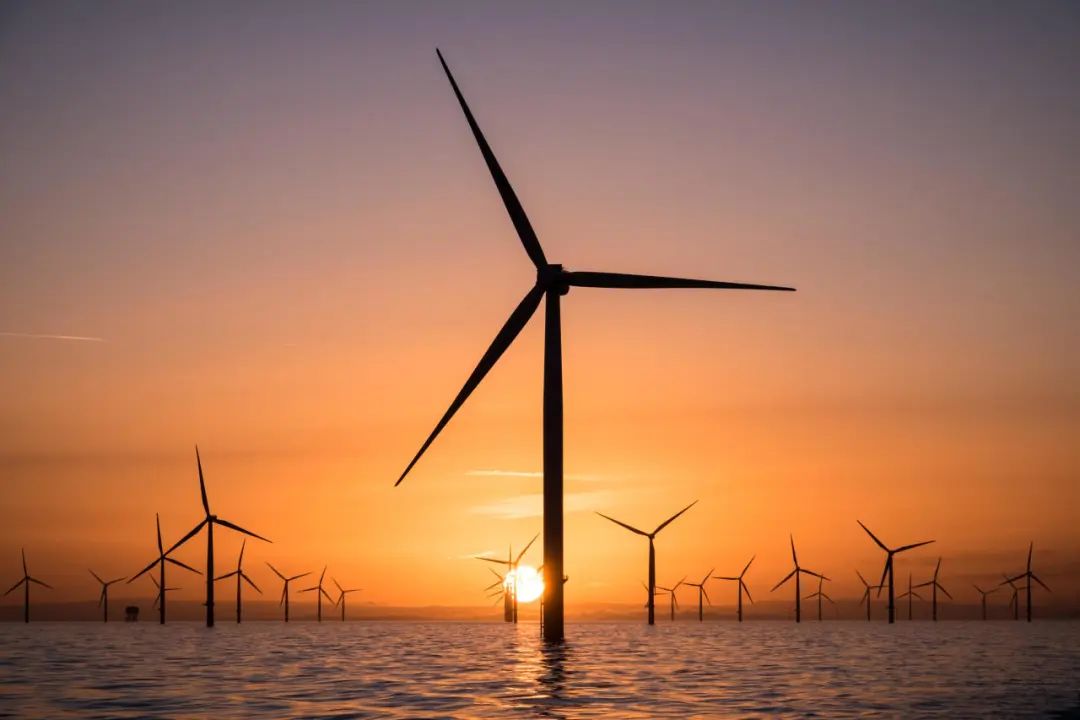
WeBridge
6. RWE清洁能源CEO强调可再生能源的成本优势
RWE清洁能源公司首席执行官安德鲁·弗拉纳根(Andrew Flanagan)指出,可再生能源有助于保持消费者和数据中心的能源成本较低。尽管特朗普政府的政策环境充满挑战,RWE仍对其40GW风能、太阳能和储能项目的开发前景保持乐观。
WeBridge洞察:
可再生能源在降低消费者能源成本方面的作用凸显了其经济可行性及环境效益。RWE在面对政策不确定性的情况下,仍能积极确保供应链的稳定,反映了其战略前瞻性。继续推动可再生能源的发展,将是应对政治阻力和确保清洁能源投资持续增长的关键。

WeBridge
7. 英国海上风电场将采用黑色叶片设计以保护鸟类
英国环境、食品与农村事务部(DEFRA)启动了一项为期四年的试验计划,尝试将海上风电场的风机叶片涂成黑色,以减少鸟类因碰撞导致的死亡率。该决定是在北海风电场数量不断增加、对海鸟潜在影响日益受到关注的背景下作出的。
WeBridge洞察:
采用黑色叶片设计体现了英国在降低海上风电场生态影响方面的积极努力。这一措施不仅有助于保护鸟类,还可能增强公众支持,并加快项目审批进程。可再生能源发展与野生动植物保护的平衡,将是实现可持续增长的关键。

WeBridge
随着全球海上风电行业的不断发展,技术创新、战略性投资以及政策支持框架正在推动行业的显著增长和变革。作为行业专家,WeBridge致力于为我们的合作伙伴提供专业知识和深刻见解,助力他们从容应对这一充满活力且不断变化的市场环境。
WeBridge
WeBridge Insights | Global Offshore Wind Weekly (2025-03-14)
Welcome to this week’s WeBridge Insights, where we provide you with the latest updates and key developments from the global offshore wind market.
At WeBridge, we deliver forward-thinking analysis and expert commentary to keep you informed in this fast-evolving industry.
Here’s our roundup of the top stories this week, complete with professional insights to help you stay ahead:
1. UK Treasury Considers Reducing GB Energy Funding
The UK Treasury is contemplating cuts to GB Energy's funding in the upcoming June spending review. Established with £8.3 billion backing, GB Energy aims to drive renewable investments, including 20-30 GW of new offshore wind projects by 2030. Potential cuts include £3.3 billion earmarked for low-interest loans for renewable initiatives.
WeBridge Insights:
Reducing funding for GB Energy could impede the UK's renewable energy ambitions, particularly offshore wind expansion. Such cuts may deter private investment and slow progress toward decarbonizing the power sector by 2030. Maintaining robust financial support is crucial for achieving these climate goals.
WeBridge
2. UK and Ireland Collaborate to Enhance Offshore Wind Infrastructure
The UK and Ireland have agreed to collaborate on underwater energy infrastructure, aiming to harness the potential of the Irish and Celtic Seas. This partnership involves data sharing to connect offshore wind farms to national energy grids, streamlining maritime and environmental permitting processes for developers.
WeBridge Insights:
This collaboration signifies a strategic move to optimize offshore wind resources in the Irish and Celtic Seas. By aligning regulatory frameworks and sharing data, both nations can accelerate project timelines, reduce costs, and enhance energy security. Such partnerships are pivotal in achieving collective renewable energy targets and fostering regional economic growth.
WeBridge
3. Elliott Management's €670 Million Short Position Against TotalEnergies
U.S. activist hedge fund Elliott Management has taken a €670 million short position (0.52% of shares) against TotalEnergies. This move follows Elliott's investment in BP, where it owns nearly 5% and is advocating for a greater focus on oil and gas.
WeBridge Insights:
Elliott's significant short position against TotalEnergies indicates a strategic bet on the company's performance, possibly reflecting skepticism about its renewable energy investments. Such actions could influence TotalEnergies' strategic direction and impact investor confidence in its energy transition plans.
WeBridge
4. Ørsted Faces Challenges Amid U.S. Energy Policy Shifts
Ørsted, the world's largest offshore wind developer, is grappling with U.S. policy changes under President Trump, including a pause on offshore wind leasing. The company faces rising costs due to supply chain issues and high interest rates, impacting its U.S. expansion plans.
WeBridge Insights:
Policy stability is crucial for offshore wind investments. Ørsted's challenges highlight the vulnerability of renewable projects to political shifts. Consistent and supportive policies are essential to attract investment and ensure the growth of the offshore wind sector.
WeBridge
5. Advancements in Wind Turbine Technology Present New Challenges
As wind turbines grow larger, they face increased risks such as blade failures and logistical challenges. Longer blades, reaching up to 107 meters, can harness more energy but demand stronger foundations and more maintenance. Leading-edge erosion from high-speed impacts with elements like rain is a significant concern.
WeBridge Insights:
The trend toward larger turbines offers efficiency gains but introduces engineering and maintenance complexities. Addressing issues like blade erosion is crucial to ensure the longevity and reliability of these turbines. Investments in advanced materials and testing facilities are essential to mitigate these challenges and fully capitalize on the benefits of larger turbines.
WeBridge
6. RWE Clean Energy CEO Highlights Cost Benefits of Renewables
Andrew Flanagan, CEO of RWE Clean Energy, emphasizes that renewable energy sources help maintain lower overall costs for consumers and data centers. Despite a challenging political environment under President Trump, RWE remains optimistic about its 40 GW pipeline of wind, solar, and storage projects.
WeBridge Insights:
Renewable energy's role in stabilizing consumer costs underscores its economic viability alongside environmental benefits. RWE's proactive approach in securing supply chains amidst policy uncertainties reflects strategic foresight. Continued advocacy for renewables is vital to counteract political headwinds and ensure sustained investment in clean energy infrastructure. axios.com
WeBridge
7. UK's Offshore Wind Farms to Adopt Black Blade Design to Protect Birds
The UK's Department for Environment, Food and Rural Affairs has initiated a four-year trial to paint offshore wind turbines black, aiming to reduce bird fatalities caused by collisions. This decision follows concerns about the potential impact of increasing turbine numbers in the North Sea on seabirds.
WeBridge Insights:
Implementing black blade designs demonstrates a commitment to mitigating environmental impacts of offshore wind farms. This proactive measure addresses ecological concerns, potentially enhancing public support and expediting project approvals. Balancing renewable energy development with wildlife conservation is essential for sustainable industry growth.
As the global offshore wind sector continues to advance, innovation, investments, and supportive policies are driving transformative growth.
At WeBridge, we provide the expertise and insights our partners need to confidently navigate this evolving landscape.
The End






















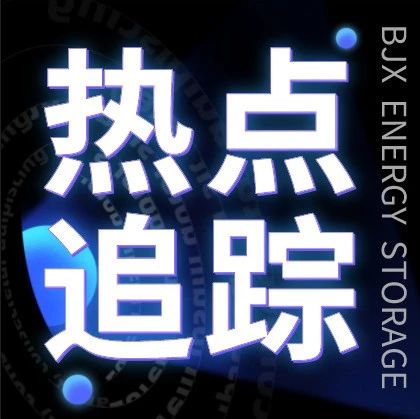




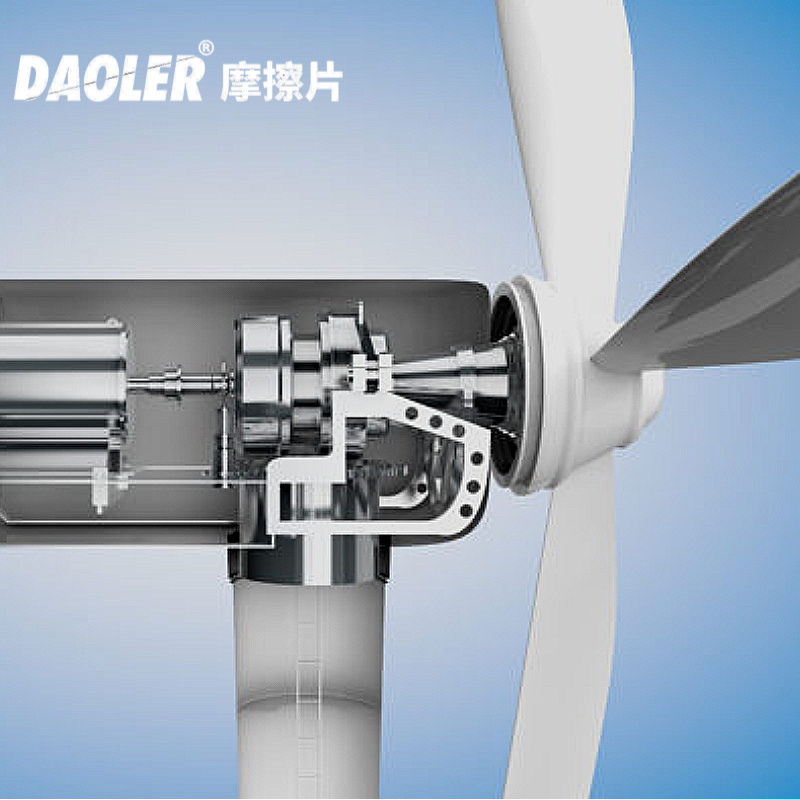




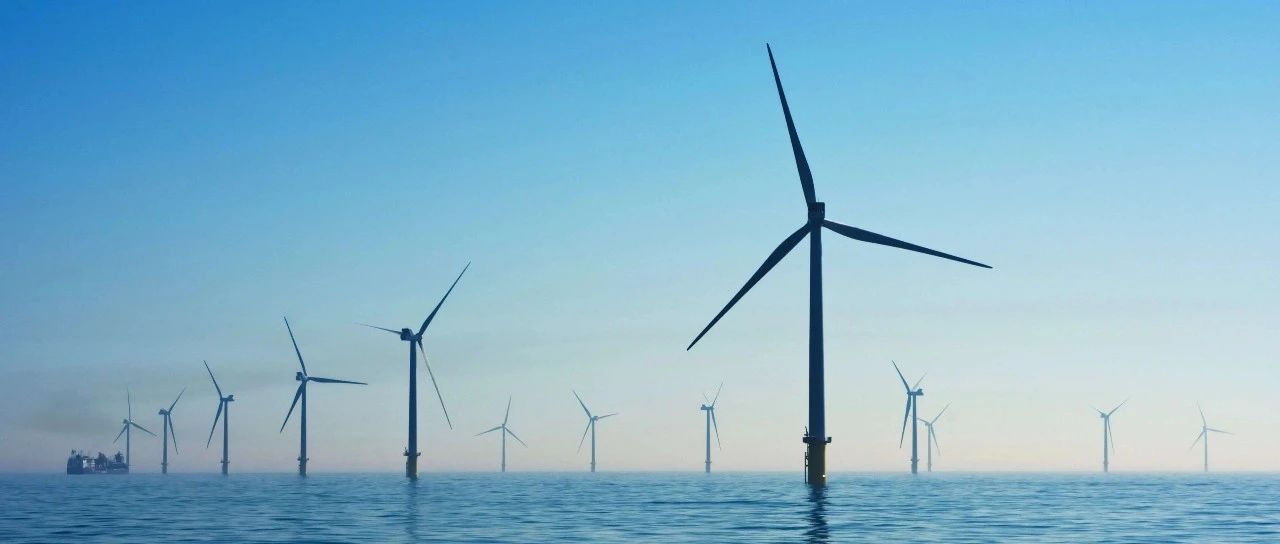




请先 登录后发表评论 ~